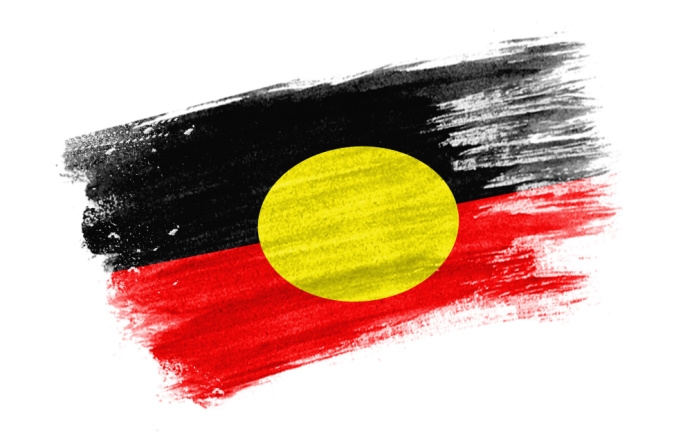
Despite improvement in digital inclusion rates, there remains a significant digital gap between Indigenous and non-Indigenous Australians, with current initiatives to improve digital inclusion for First Nations communities, particularly for those in remote areas, failing to “shift the dial”.
Minister for Communications, Michelle Rowland, has stressed that there is no point selling telco plans and products to First Nations customers in remote communities they did not “want, need or can’t afford”.
According to the Australian Digital Inclusion Index, overall digital inclusion across Australia sat at around 73.0; the data showed a 7.5 deficit gap for First Nations people.
The figures appear even worse when mapped against other Australians living in comparable remote and very remote parts of Australia, with the gap blowing out to 21.0 and 23.0, respectively.
Where access to digital technologies sits at around 72.0 nationally, access for First Nations people living in remote communities sits in the high 30s.
“It’s clear the current approach isn’t shifting the dial enough,” the Minister noted.
“Despite efforts of successive governments of all persuasions with the best of intentions and ongoing partnerships within the telco industry, we aren’t Closing the Gap.”
Rowland said that part of the problem was not listening to communities to “find out what they need and to explore the solutions that will work for them”.
“I hear this time and time again from First Nations communities across the country – from Palm Island, to Port Augusta, to Yolngu peoples working in and around Darwin.
“Making change means doing something different – and it starts with listening. And that’s what the Voice to Parliament is all about.”
She added that listening also meant investing in the infrastructure local communities actually want and need.
“In my portfolio, it would mean we can finally start to close the digital divide.”
“The status quo just isn’t working, and we’re at risk of leaving First Nations communities behind.
“For a wealthy, modern and tech-savvy country like Australia, that’s an outcome we should never accept.”
Greater digital inclusion has the potential to transform communities through e-commerce, keep traditional stories, customary practices and languages alive through technology, and boost access to essential medical and educational services online, the Minister said.
“We have an opportunity to work collaboratively, to combine the latest technology with the insights and local knowledge of the world’s oldest continuous culture, and to deliver economic and social opportunities for all Australians,” she concluded.





